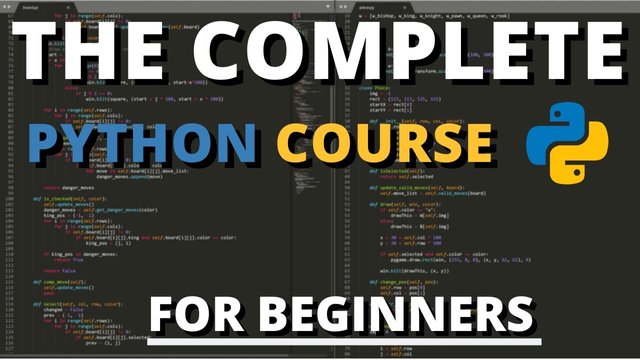python programming
Python is a powerful and popular programming language known for its simplicity, readability, and versatility. Here’s an overview of key aspects of Python programming:
1. Basic Syntax
- Variables and Data Types: Python uses dynamic typing, meaning you don't need to declare data types explicitly. Common data types include integers, floats, strings, lists, tuples, dictionaries, and sets.
- Operators: Python supports arithmetic, comparison, logical, bitwise, and assignment operators.
- Control Flow: Python has standard control flow structures like
if,else,eliffor conditional statements, and loops (for,while) for iteration.
2. Functions
- Defining Functions: Functions are defined using the
defkeyword. They can accept parameters and return values. - Lambda Functions: Python supports anonymous functions, known as lambda functions, for simple operations.
- Built-in Functions: Python provides a rich set of built-in functions like
print(),len(),range(), etc.
3. Data Structures
- Lists: Ordered, mutable collections of elements. Example:
my_list = [1, 2, 3] - Tuples: Ordered, immutable collections. Example:
my_tuple = (1, 2, 3) - Dictionaries: Key-value pairs, useful for storing data with labeled indices. Example:
my_dict = {'key1': 'value1', 'key2': 'value2'} - Sets: Unordered collections of unique elements. Example:
my_set = {1, 2, 3}
4. Object-Oriented Programming (OOP)
- Classes and Objects: Python is an object-oriented language. You can define classes and create objects from them.
- Inheritance: Python supports class inheritance, allowing you to create new classes that inherit properties and methods from existing ones.
- Polymorphism and Encapsulation: Python allows for polymorphism (using functions and methods in different contexts) and encapsulation (hiding data).
5. Modules and Packages
- Importing Modules: Python has a vast standard library that can be imported using the
importstatement. Example:import math - Creating Modules: You can create your own modules by saving Python code in a
.pyfile and importing it. - Packages: Python packages are directories of modules, and you can install third-party packages using
pip.
6. File Handling
- Reading and Writing Files: Python provides functions to open, read, write, and close files. Example:
open('filename', 'r')for reading andopen('filename', 'w')for writing. - Context Managers: Using the
withstatement ensures proper resource management. Example:with open('filename', 'r') as file:
7. Exception Handling
- Try-Except Blocks: Python uses
try,except, andfinallyblocks to handle exceptions (errors) gracefully. - Custom Exceptions: You can define your own exceptions by creating new exception classes.
8. Libraries and Frameworks
- Data Science: Libraries like NumPy, Pandas, and Matplotlib are widely used for data manipulation and visualization.
- Web Development: Frameworks like Django and Flask are popular for building web applications.
- Automation: Libraries like Selenium and Beautiful Soup are used for web scraping and automation.
9. Advanced Topics
- Decorators: Functions that modify the behavior of other functions.
- Generators: Functions that return an iterator and allow you to iterate over data lazily.
- Concurrency: Python supports multithreading and multiprocessing for concurrent execution of code.
10. Best Practices
- PEP 8: The Python Enhancement Proposal 8 (PEP 8) is the style guide for Python code, encouraging readability and consistency.
- Unit Testing: Python provides the
unittestmodule for testing code.
Getting Started
- Installation: Python can be installed from python.org. Tools like Anaconda include Python and additional packages.
- IDEs: Popular Integrated Development Environments (IDEs) for Python include PyCharm, VS Code, and Jupyter Notebook.
If you’re interested in any specific area, I can provide more detailed explanations, code examples, or even guide you through building a project!

"Hey there! 😊 I love how comprehensive this post is! It's like a crash course in Python programming 🤓. I'm particularly interested in the sections on Object-Oriented Programming (OOP) and Advanced Topics, especially decorators 💡 and generators 🔌. If anyone has experience with these topics or wants to learn more, let's chat about it! 😊 Would love to hear from you and get some feedback on this post"
I also gave you a 0.43% upvote for the delegations you have made to us. Increase your delegations to get more valuable upvotes. Cheers! 🎉
Help Us Secure the Blockchain for You
Your vote matters! Support strong governance and secure operations by voting for our witnesses:
Get Involved